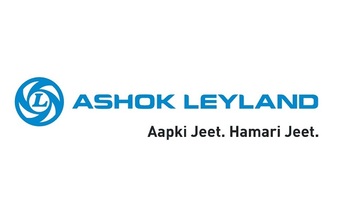
Ashok Leyland Limited reported a revenue of Rs. 17467 Cr for FY '20 as against Rs. 29055 Cr for the same period last year. The PBT for the year was at Rs. 362 Cr (Rs. 2497 Cr) and PAT was at Rs. 240 Cr (Rs. 1983 Cr). EBITDA for the year was at 6.7%.
For Q4 FY ‘20, revenue was at Rs. 3838 Cr as against Rs. 8846 Cr for the same period last year. The loss before tax for the quarter was at Rs. 72 Cr (profit of Rs. 806 Cr) and loss after tax was at Rs. 57 Cr (profit of Rs. 653 Cr). EBITDA for Q4 was at 4.8% (11.1%).
Vipin Sondhi, MD & CEO, Ashok Leyland Limited, said, "This has been a challenging year for the industry, which witnessed a significant decline in volumes (42%). Consequently, Ashok Leyland also saw a reduction in volume. Despite the drop in the volumes, we have been able to achieve an EBITDA of 6.7% owing to the pan-company efforts to drive profitability.
"Despite the challenging times we continued our legacy of introducing new and innovative technology in the industry. The unique Modular Business Platform AVTR gives our customers the flexibility to choose vehicles as per their requirements. This BS VI Platform with the innovative i-Gen6 technology, which is an indigenous solution using mid-NoX technology suited for Indian conditions, will be a game changer in the industry. There has been a very positive customer response for AVTR and the enquiries received for AVTR, as well as our LCV range is a very encouraging sign for the quarters to follow."
Gopal Mahadevan, Whole Time Director & Chief Financial Officer, Ashok Leyland Limited, said, "We continue our productivity and cost reduction programs started earlier in the year. These initiatives have helped us achieve a sizeable reduction in costs. We are also focusing on improving cash flows and conserving resources for future growth initiatives."
END


























